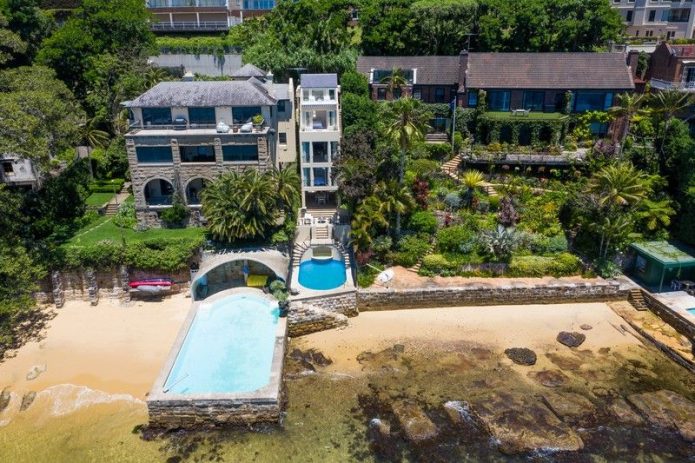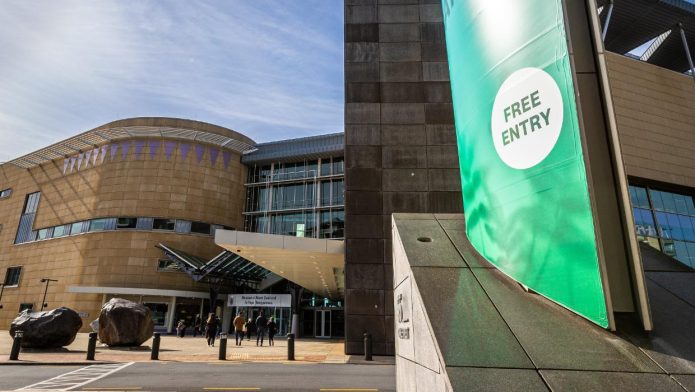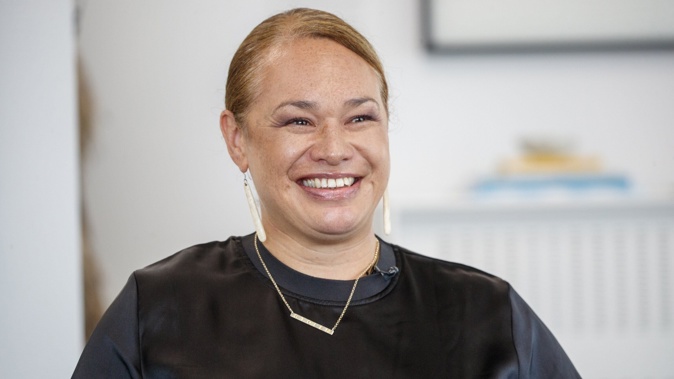PHOTO: Kelvin Davidson
Commentary by Kelvin Davidson, CoreLogic Chief Property Economist
Today’s decision by the Reserve Bank (RBNZ) to keep the official cash rate unchanged at 0.25% came as no surprise, and in reality their move to halt bond purchases as part of the large-scale asset purchase programme by 23rd July probably didn’t shock anyone either – it’s a signal of tighter monetary policy to come, which has already been flagged by economists for a while now anyway.
The next step in removing the emergency support for the economy will be an actual increase in the official cash rate, with timing still a bit uncertain – but potentially as early as November this year (or even a smaller chance of August). This is a tricky balancing act for the RBNZ, in trying to pre-empt a rise in inflation without pushing up the exchange rate too much (and hence dampening exports).
Of course, a looming rise in the official cash rate will also directly affect the housing market, with borrowers already seeing mortgage rates increase – and from a low base for rates (as well as larger debts), that could have quite a strong effect. Then you’ve also got to add in the pre-existing effects of affordability pressures, 40% deposits for investors, the extended Brightline Test, and the tightening of interest deductibility rules (as well as the approval for the RBNZ to look at debt to income restrictions). Certainly, mortgaged investors’ share of property purchases has fallen in the past 2-3 months, albeit there are few signs that current landlords are looking to sell.
On the whole, today’s events reinforce our view that sales activity and price growth are close to (or at) a peak, and that both will ease for the rest of 2021 and into 2022. However, with unemployment low and in the absence of a GFC-style credit crunch, a full-on property downturn seems unlikely.











